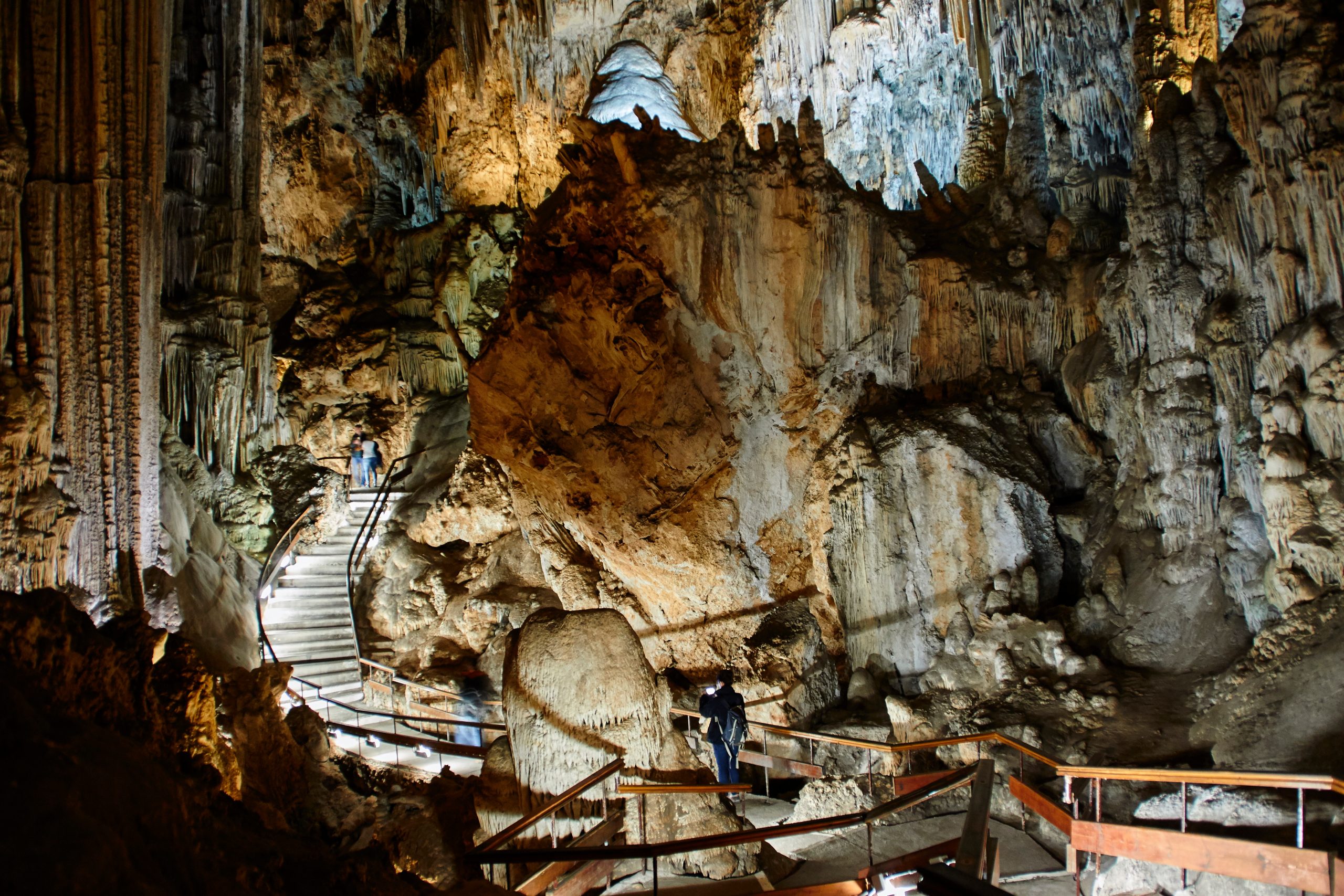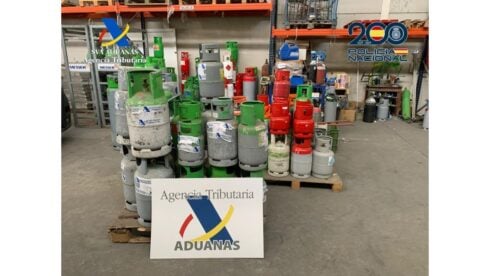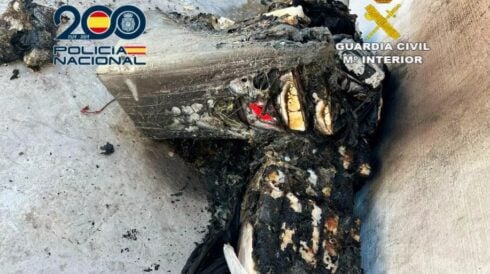THE Cueva de Nerja has managed to virtually ‘resurrect’ Pepita’s skeleton.
‘Pepita’ is the name given to the skeleton of a young woman found in 1982 in the Torca Room of the Cueva de Nerja during the archaeological excavations directed by Professor Manuel Pellicer, and is the most emblematic piece of the Nerja Museum, which belongs to the Cueva de Nerja Fondation.
‘Pepita’, the skeleton of a woman who died around 19 years of age, has been one of the main objectives and items studied by the Cueva de Nerja Foundation over the years.
In fact recent studies have shown that skull and skeletal proportions resemble those present in some current African populations, although similarities with other prehistoric populations of its time aren’t apparent.
A scar in ‘Pepita’s’ skull suggests that she suffered a severe infection in her left ear that may have been the cause of her death.
Now, the face of the epipaleolithic skeleton, one of the best preserved skeletons in Europe, has been virtually ‘resurrected’.
Following arduous research work and the incorporation of sate-for-the art 3D technology, for the first time ‘Pepita’s’ face is shown how it could have been all those years ago and places the Nerja museum as a national benchmark in high technology applied to museography.
READ MORE:
Caves of Nerja in Spain’s Malaga named ‘Tourism Ambassador 2022’ on World Tourism Day
Greenlight for 3D reality in Spain’s Nerja Caves
Click here to read more Malaga News from The Olive Press.








